Japan is a country rich with captivating folklore, and one of its most fascinating mythical beings is the Tengu. Often seen in traditional artwork or at mountain temples, the Tengu is a powerful spirit that lives deep in the mountains, guarding nature and the sacred. With its striking appearance—bright red face, long nose, and sometimes even crow-like features—the Tengu has captured imaginations for centuries. But there’s more to this mystical figure than meets the eye, including the mysterious fan-like Yatsude leaf it carries, said to hold supernatural powers. In this article, we’ll delve into the origins of the Tengu, uncover the meaning behind its appearance, explore the mystical properties of its fan, and reveal how it continues to shape Japan’s cultural landscape today. Join us as we journey into the mysterious world of the Tengu!
Who is Tengu?

Let’s learn about Tengu together!
The Origins of Tengu
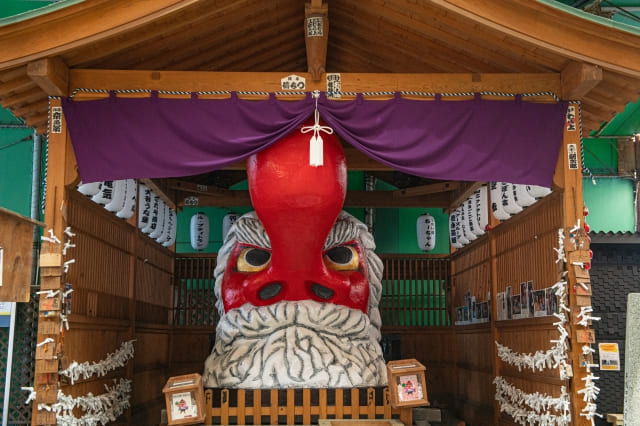
The Tengu’s origins are rooted in a blend of Buddhist teachings from China and Japan’s own mountain-worship practices. In Chinese folklore, “Tengu” referred to a comet-like creature or a strange phenomenon, while in Japan, it evolved into a powerful being with spiritual qualities, often believed to dwell deep within sacred mountains. References to Tengu first appeared in the Heian period (794-1185) in Japan, where they were depicted as mountain gods or monks with supernatural abilities who had strayed from their paths. Over time, the Tengu came to embody the mystical power of the mountains and were respected as protectors and spiritual guardians.
Tengu’s Distinct Appearance
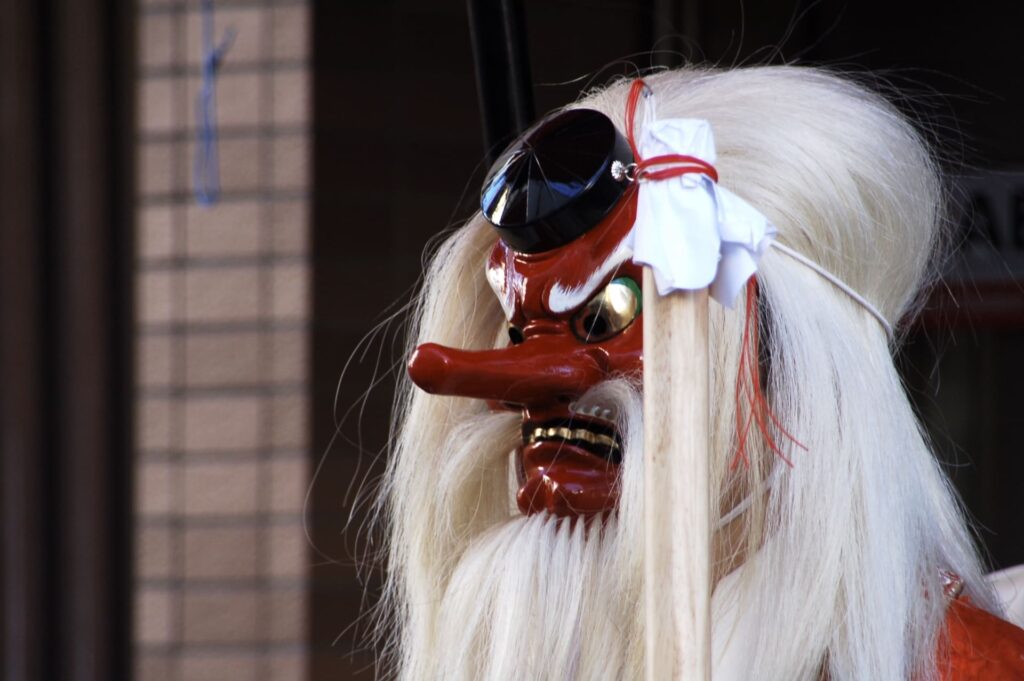
A Tengu’s appearance is generally characterized by its bright red face, long nose, fierce expression, and large wings. These physical traits convey its strength and intimidating aura. In addition to the well-known long-nosed “Dai-Tengu” (Great Tengu 大天狗), there is also the “Karasu Tengu” (Crow Tengu 烏天狗), which has a beak and crow-like features. These variations in appearance reflect the Tengu’s connection to nature and the mountains, symbolizing its role as both a mystical protector and a guardian spirit in folklore.
Types of Tengu and Their Roles
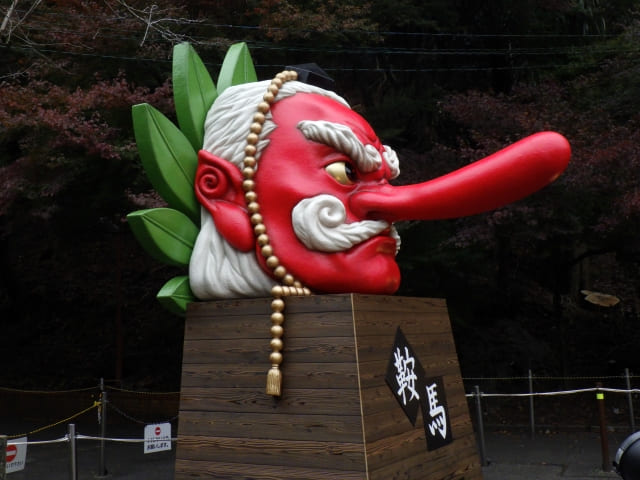
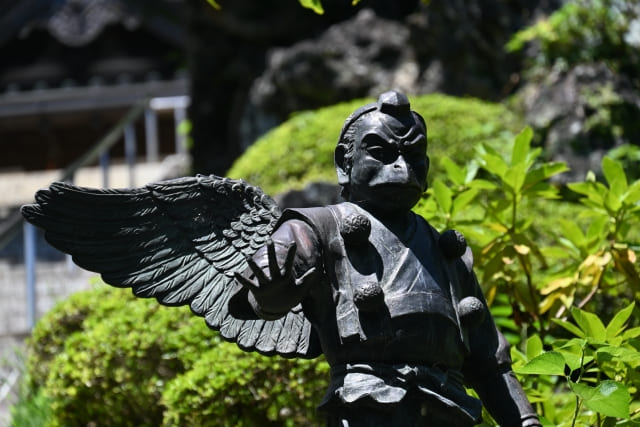
There are two main types of Tengu: the Dai-Tengu and the Karasu Tengu. The Dai-Tengu is typically seen as a powerful elder with deep wisdom and spiritual power, while the Karasu Tengu is often depicted as a lesser Tengu or an apprentice Tengu that patrols the mountains. In many legends, the Tengu serves as a warning or challenge for those who disrespect nature or the sacred mountains. Temples and shrines across Japan often portray the Tengu as a deity figure, representing protection, good fortune, and a connection to the natural world.
If you are interested in Karasu Tengu, please check this article as well.
Where Does Tengu Live?
Remote Mountains and Sacred Peaks
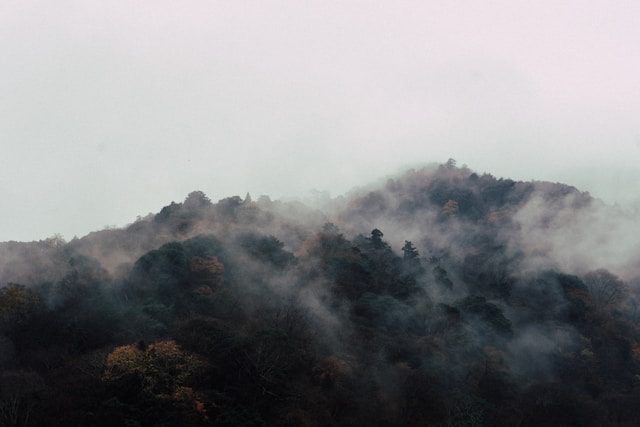
Tengu are thought to live in remote mountains or sacred peaks far from human settlements. Various Japanese mountains, such as Mount Hiei, Mount Takao, and Mount Ōyama, are famous for their association with Tengu legends, believed to be inhabited by these spirits. In these mountain regions, strange occurrences were often attributed to the presence of Tengu, and the mountains themselves were regarded as places of spiritual power, where these beings could harness mystical forces.
Connection to Villages and Shrines
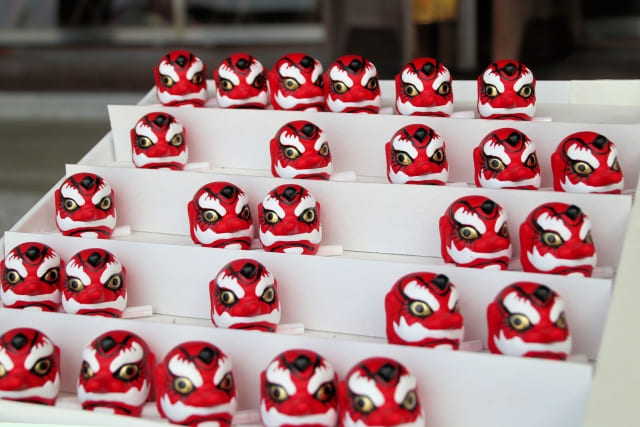
The Tengu is not only tied to the mountains, but is also deeply respected in nearby villages and at shrines. There are legends of Tengu appearing to villagers to prevent disasters or to impart wisdom to the brave. In places like Kurama Temple in Kyoto, the Tengu is celebrated annually in a festival where it’s recognized as a protector of the area. This worship emphasizes the Tengu’s status as a sacred guardian within local culture, honored for keeping both the natural and human worlds in balance.
The Fan-Like Leaf Held by the Tengu
The Yatsude Leaf and Its Symbolism
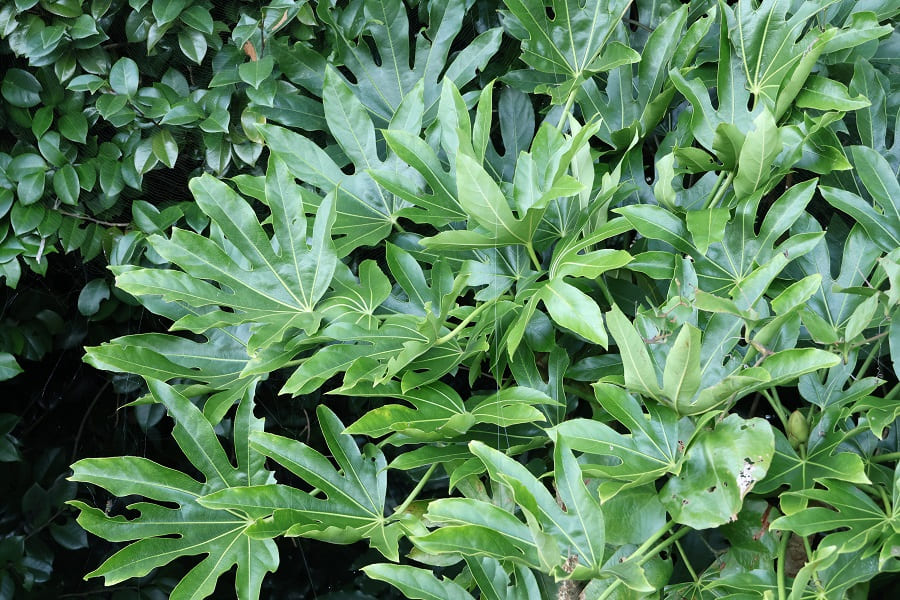
One unique feature of the Tengu is the large, fan-shaped leaf it holds, often depicted as a Yatsude (Fatsia Japonica) leaf. The Yatsude plant, known for its wide, lobed leaves, represents strength and resilience, qualities strongly associated with the Tengu’s spiritual power. The leaf is believed to possess supernatural abilities, allowing the Tengu to summon strong winds, ward off evil, and even teleport from place to place. This large leaf acts as an extension of the Tengu’s mystical abilities, symbolizing its control over nature and its powerful connection to the spiritual world.
The Leaf’s Role in Tengu Legends
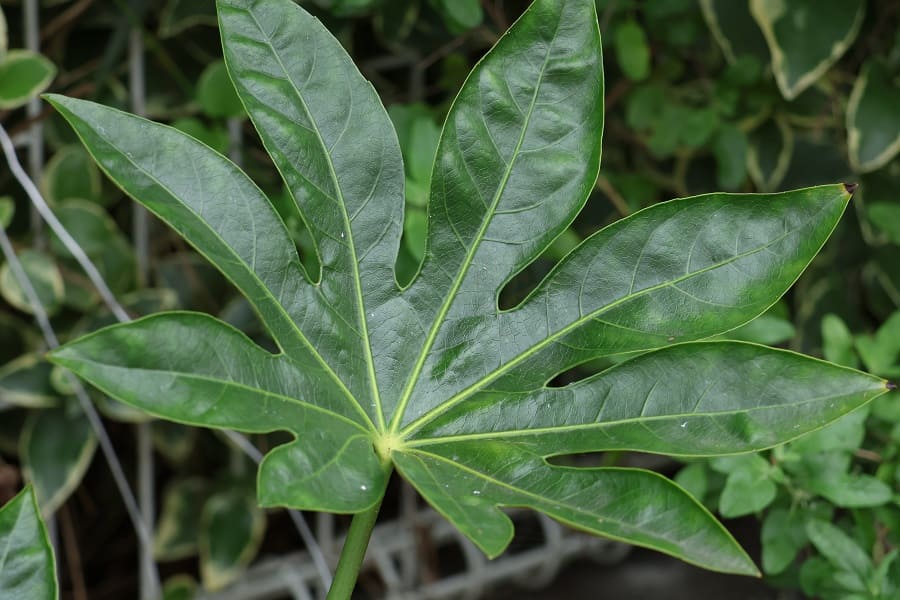
The Tengu’s leaf is more than just an accessory; it’s a symbol of the Tengu’s supernatural powers. In traditional folklore, the Tengu uses the leaf to create gusts of wind that blow away anything in its path, or to protect its sacred mountain home. In some regions, the Tengu’s leaf-fan is also believed to bring good luck or to ward off evil. As a result, the Tengu’s leaf is revered as a spiritual tool, and it highlights the Tengu’s status as a protective deity who can bring blessings and shield people from harm.
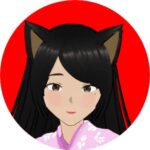
If you are interested in this plant,
please check the article below!
Frequently Asked Questions
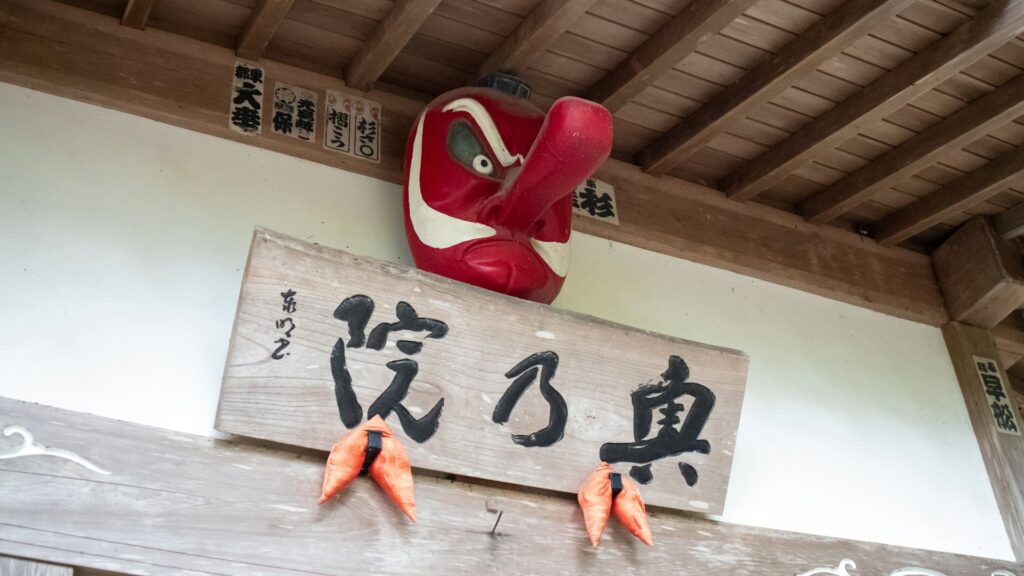
- QAre there other types of Tengu besides the Dai-Tengu and Karasu Tengu?
- A
Yes, there are also lesser-known types, including apprentice Tengu known as “Shugenja Tengu,” who have undergone spiritual training but have yet to attain full Tengu status. These variations exist based on regional legends and often serve specific roles as guardians or messengers.
- QQ: Where can I see images of Tengu with the Yatsude leaf?
- A
Many shrines and temples across Japan display Tengu statues or illustrations, often holding their signature fan-like Yatsude leaf. The statues, especially in areas with strong Tengu folklore, show the Tengu with this distinctive feature.
- QHow did the Tengu become a deity figure in Japan?
- A
Over centuries, the Tengu’s connection to sacred mountains and its association with powerful spiritual figures led to its reverence as a deity. The influence of mountain asceticism and practices in Japanese religion helped elevate the Tengu to its guardian status, protecting both natural spaces and the local community.

You can buy Tengu mask at Rakuten Ichiba!
Rakuten has Global Express.
Conclusion
The Tengu, deeply rooted in Japan’s folklore and religious traditions, is a mystical figure symbolizing both nature’s power and spiritual protection. Its long nose, red face, and fierce expression, coupled with the iconic Yatsude leaf, reflect the Tengu’s close ties to the natural world and its role as a guardian. The Yatsude leaf, a symbol of wind and spiritual energy, emphasizes the Tengu’s control over nature and ability to protect against harm. By exploring the Tengu’s legendary origins, characteristics, and powers, we can better appreciate this remarkable figure’s role in Japanese culture.

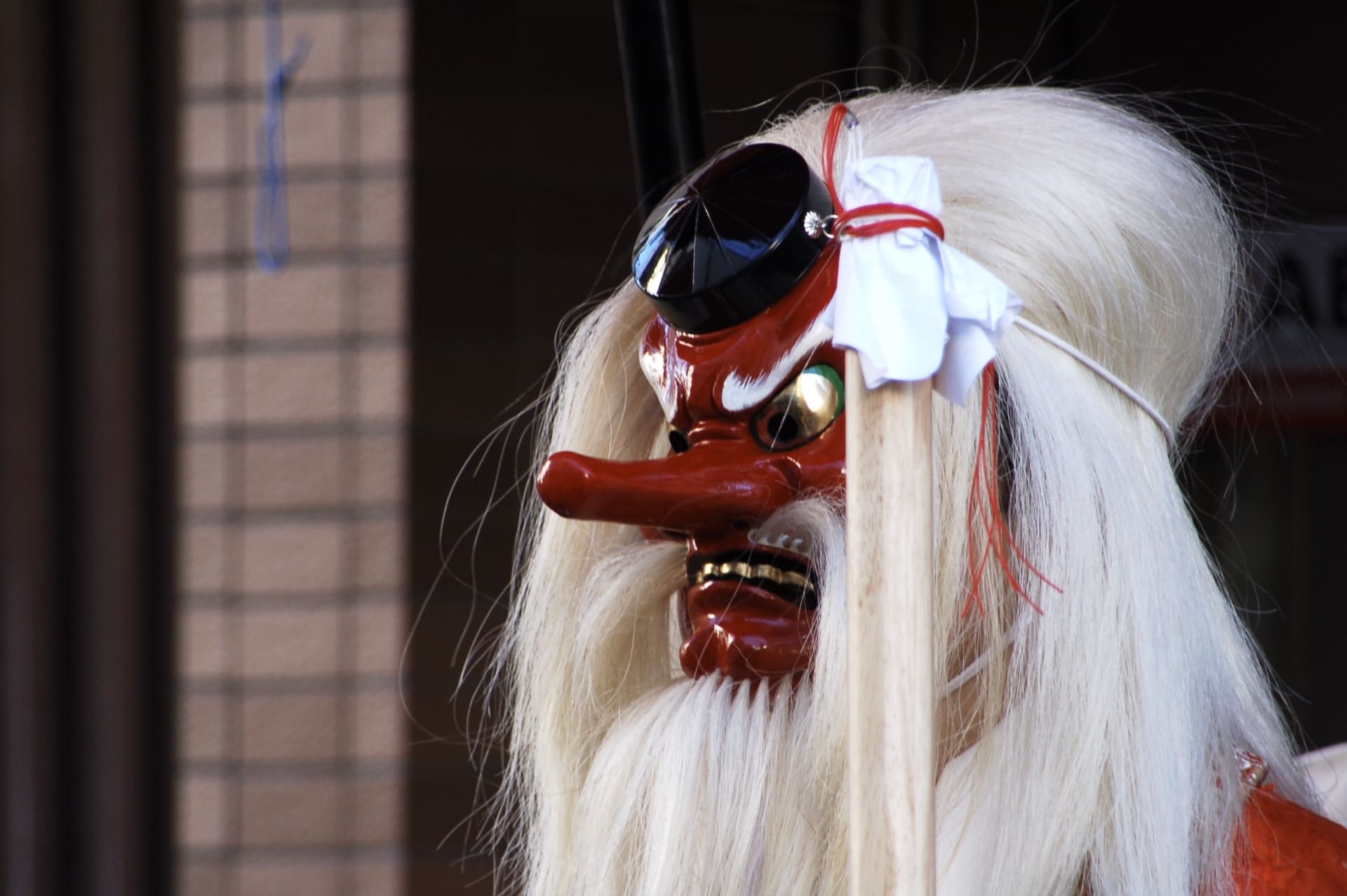


![[商品価格に関しましては、リンクが作成された時点と現時点で情報が変更されている場合がございます。] [商品価格に関しましては、リンクが作成された時点と現時点で情報が変更されている場合がございます。]](https://hbb.afl.rakuten.co.jp/hgb/416d98e9.d594362d.416d98ea.e1ac3c22/?me_id=1235725&item_id=10000041&pc=https%3A%2F%2Fthumbnail.image.rakuten.co.jp%2F%400_mall%2Fwanoevent%2Fcabinet%2Fomen%2Fimg60510802.jpg%3F_ex%3D240x240&s=240x240&t=picttext)

![[商品価格に関しましては、リンクが作成された時点と現時点で情報が変更されている場合がございます。] [商品価格に関しましては、リンクが作成された時点と現時点で情報が変更されている場合がございます。]](https://hbb.afl.rakuten.co.jp/hgb/41fa87a8.3a96054d.41fa87a9.1e34bcf2/?me_id=1302087&item_id=10000038&pc=https%3A%2F%2Fthumbnail.image.rakuten.co.jp%2F%400_mall%2Fdaishin-mask%2Fcabinet%2F03781485%2Fimgrc0066853148.jpg%3F_ex%3D240x240&s=240x240&t=picttext)

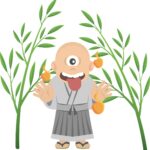
Comments